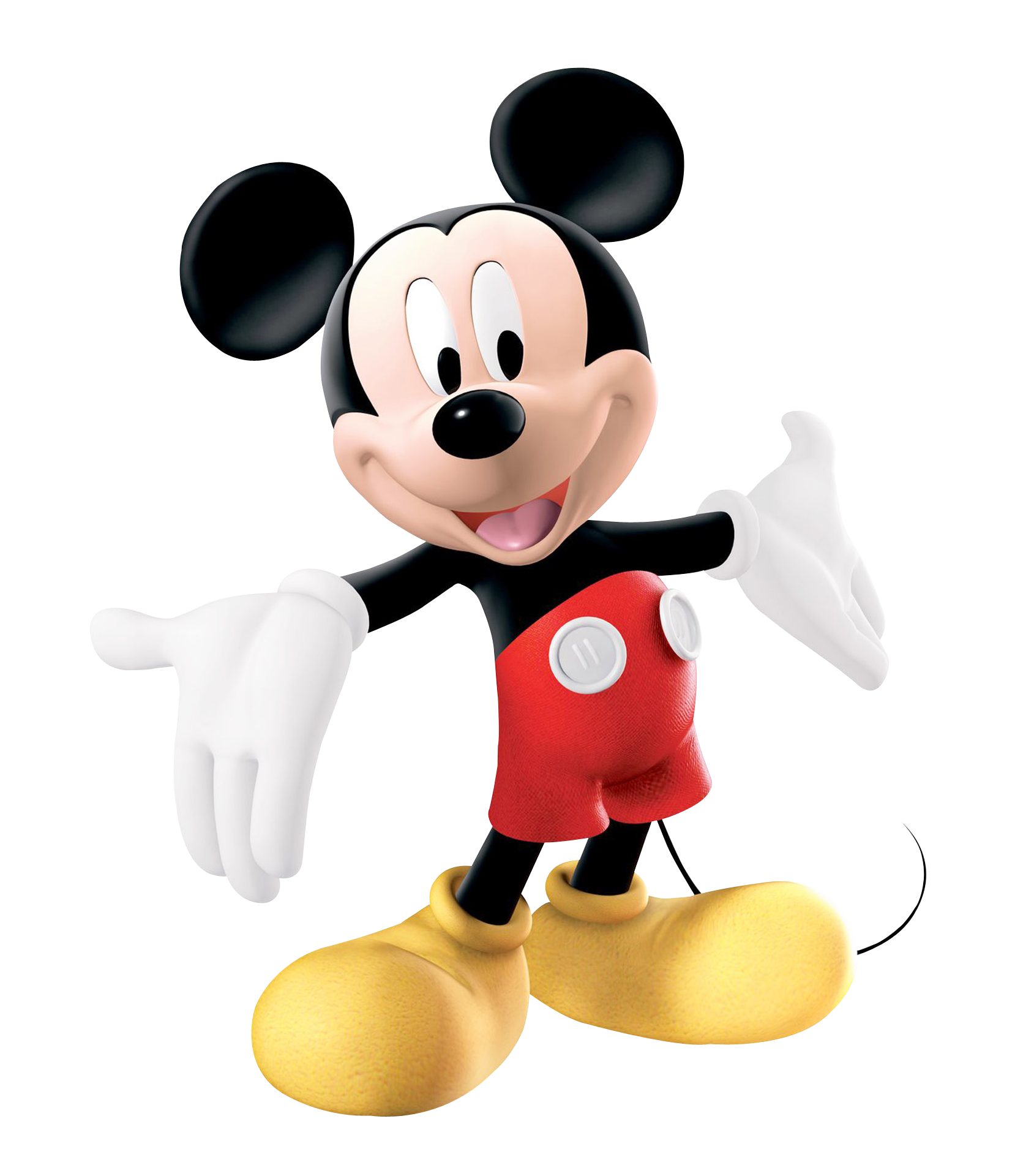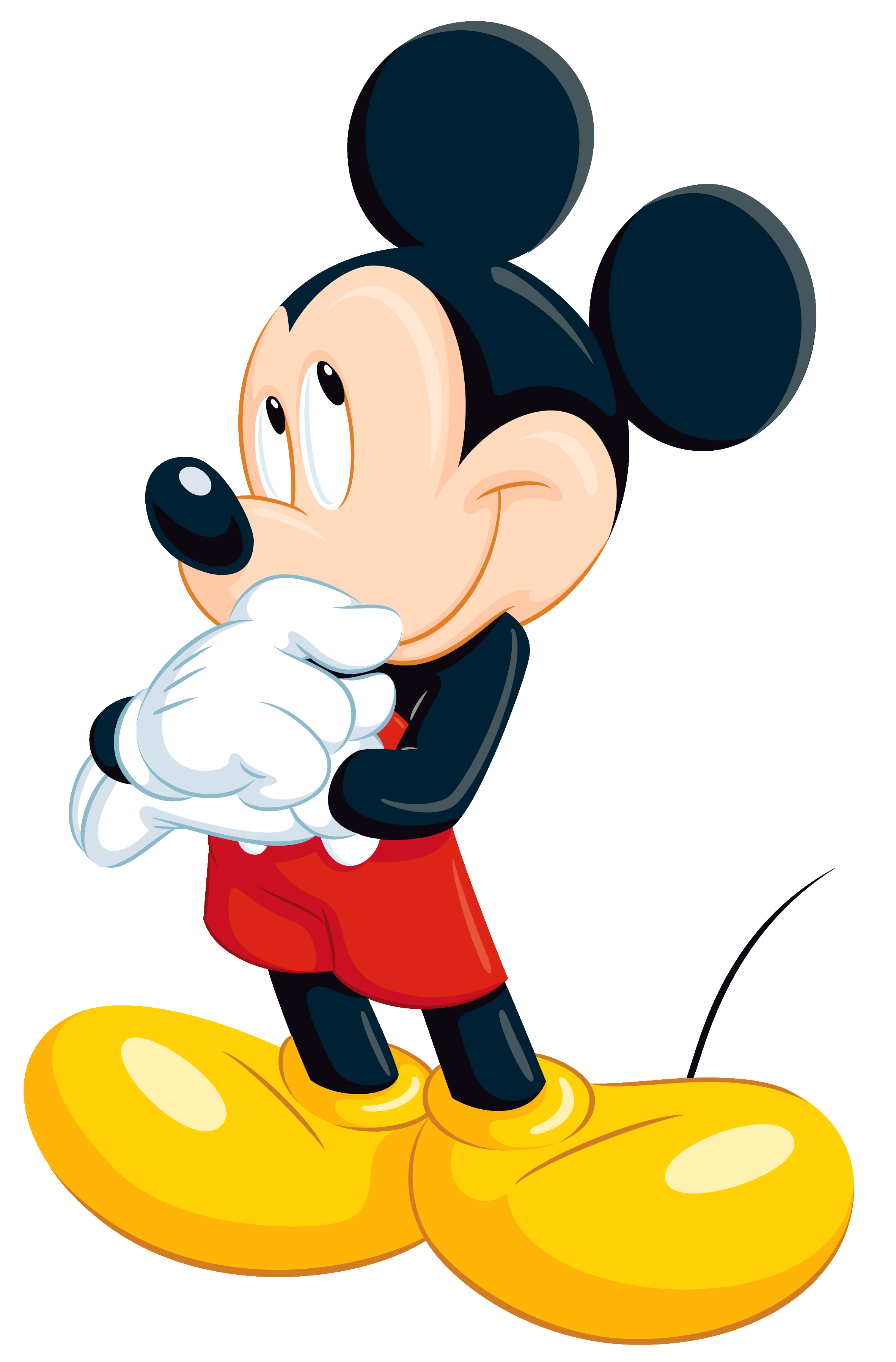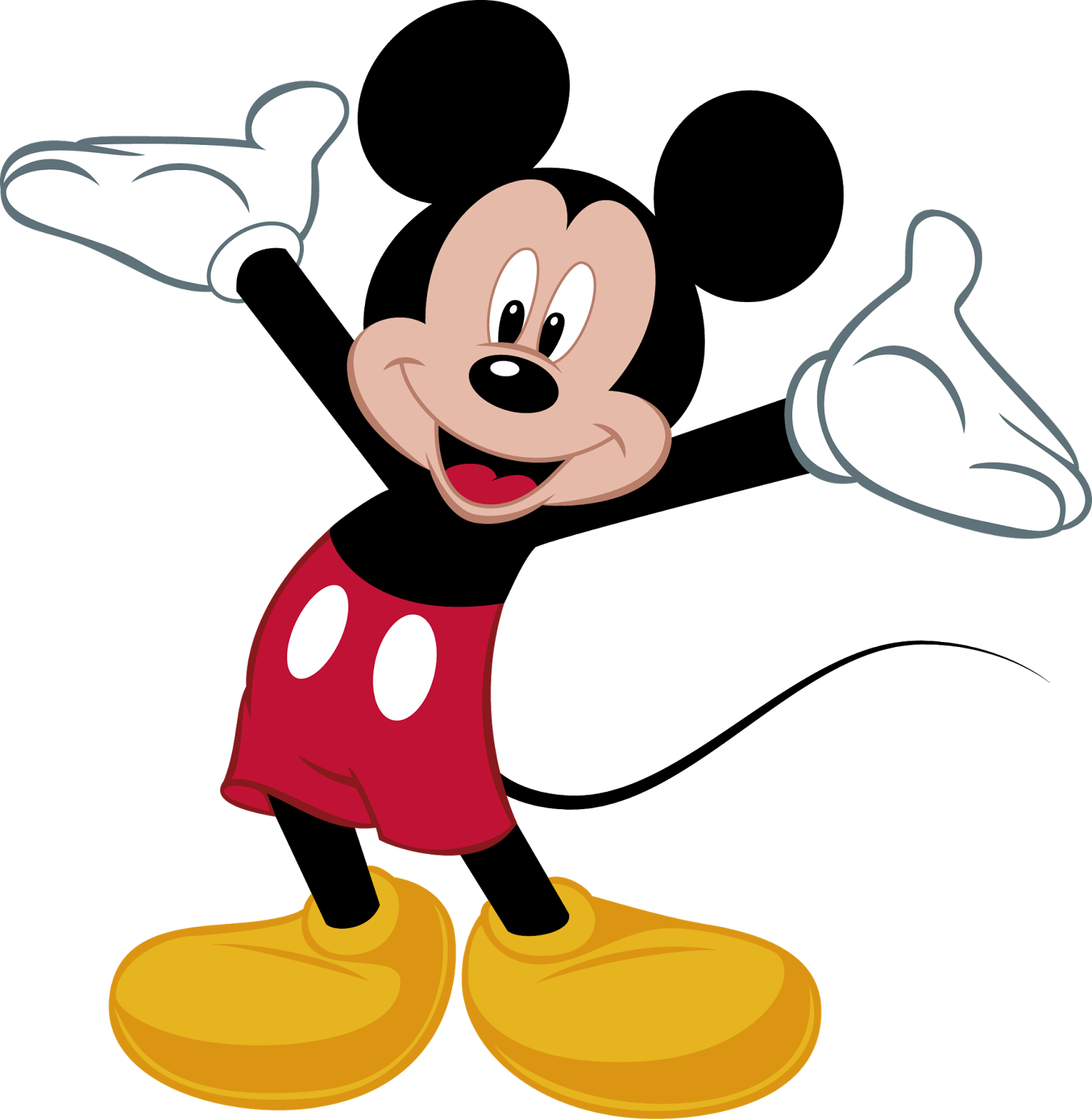Mickey Mouse Club In The 1950s - A Look Back
Think about the way certain characters just stick with you, truly becoming a part of our shared experience. It’s almost like they’ve always been there, right? For so many people, across different generations, that character is Mickey Mouse. He's not just a drawing on a page; he’s a presence, a very cheerful and plucky animated mouse who has, in a way, been a guiding light for countless children. His friendly face and kind spirit make him a natural leader, someone who can gather friends and invite young people into a world of fun and discovery. This enduring appeal, you know, is what made him such a central figure in something as memorable as the Mickey Mouse Club, particularly the one from the 1950s.
This particular club, the Mickey Mouse Club in the 1950s, was a significant part of growing up for many young folks back then. It was a place, or rather a show, where the famous mouse, along with his well-known companions, brought a sense of togetherness and positive entertainment right into people's homes. The idea was to create a shared space, a kind of virtual clubhouse, where kids could feel a part of something special, learning and enjoying themselves all at the same time. It was, in some respects, a very simple concept, but incredibly effective for its time, connecting with a wide audience of young viewers.
The whole experience centered around Mickey and his group of pals, who were more or less the hosts of this daily get-together. They presented a show that was meant to be both fun and a little bit instructive, encouraging young minds to think and interact. The spirit of cooperation and friendliness that Mickey and his associates always showed was, you know, a core part of what the Mickey Mouse Club in the 1950s aimed to share with everyone watching. It was a time when television was still somewhat new for many families, and this program offered a wholesome, engaging option for the younger members of the household.
Table of Contents
- Mickey Mouse - The Character Behind the Club
- What Made Mickey Mouse So Appealing for the Mickey Mouse Club in the 1950s?
- The Friends Who Joined the Mickey Mouse Club in the 1950s
- How Did the Mickey Mouse Club in the 1950s Engage Young Viewers?
- Mickey Mouse - A Popular Figure for the Mickey Mouse Club in the 1950s
- What Kind of Activities Did the Mickey Mouse Club in the 1950s Offer?
- The Enduring Legacy of the Mickey Mouse Club in the 1950s
- Why Does the Mickey Mouse Club in the 1950s Still Matter Today?
Mickey Mouse - The Character Behind the Club
Mickey Mouse, you know, is quite the well-known animated cartoon character. He was brought to life by Walt Disney and Ub Iwerks, which is a pretty cool origin story for someone so famous. His very first public showing was in a cartoon called "Steamboat Willie," and from that point on, he really took off. He's often seen as a cheerful and plucky anthropomorphic mouse, which just means he's a mouse with human-like qualities. He’s become, in a way, the longtime icon and mascot for the Walt Disney Company, and that's a pretty big deal when you think about it.
He is, basically, the most popular character from Walt Disney’s animated cartoons, and you could argue he's the most popular cartoon star anywhere in the world. This enduring popularity, you see, is not just some fleeting thing; it's been going strong for a very long time. He's often presented as a friendly face, someone you can trust, someone who brings a bit of light and happiness wherever he goes. His presence is, in some respects, comforting and familiar to so many people, which makes him a truly special figure in popular culture. He's not just a character; he's a symbol of good times and fun adventures, really.
When you learn about him, you find out he’s been around for quite a while, and there are, you know, many fun details and pictures that tell his story. He's been the star of so many different animated shorts and shows, always bringing his unique brand of entertainment to audiences. His journey from a simple drawing to a global symbol is, quite frankly, a remarkable one. He is, in fact, a character that continues to resonate with people of all ages, proving that some ideas truly have a timeless quality to them. He just keeps going, more or less, charming new generations with his kind and adventurous spirit.
| Detail | Information |
|---|---|
| Character Name | Mickey Mouse |
| Creator(s) | Walt Disney and Ub Iwerks |
| First Public Appearance | "Steamboat Willie" |
| Character Type | Cheerful, plucky anthropomorphic mouse |
| Primary Role | Longtime icon and mascot of The Walt Disney Company; popular cartoon star |
| Key Traits | Cheerful, plucky, leader, problem-solver, entertaining |
What Made Mickey Mouse So Appealing for the Mickey Mouse Club in the 1950s?
So, what was it about Mickey Mouse that made him such a perfect fit for a program like the Mickey Mouse Club in the 1950s? Well, you know, a big part of it is his very nature. He’s described as being cheerful and plucky, which means he’s always got a good attitude and a bit of spirit, even when things get a little tricky. This kind of personality is, honestly, incredibly inviting for young viewers. Kids tend to gravitate towards characters who are positive and show a sense of determination, and Mickey definitely embodies that.
He's also, basically, a natural leader. When he's with his friends, like Donald, Minnie, Goofy, and Daisy, he's often the one taking charge, guiding them through various situations. This leadership quality is pretty important for someone who’s meant to host a club for children. Young people, you see, often look up to figures who can show them the way, and Mickey does that in a very gentle and encouraging manner. He doesn't just tell them what to do; he invites them to join in, making them feel like an active part of the adventure. This sense of inclusion would have been a very strong draw for the Mickey Mouse Club in the 1950s, actually.
Furthermore, Mickey’s role as an entertainer for preschoolers, as seen in later shows, really highlights his ability to connect with a young audience. He leads kids on interactive experiences, often using early math learning and problem-solving skills. This suggests that his character is not just about silly fun; there's a gentle educational aspect to his approach. For the Mickey Mouse Club in the 1950s, this would have meant a host who could not only make children laugh but also subtly encourage their thinking and participation. It's that blend of entertainment and gentle guidance that makes him, you know, truly special for a program of this kind.
The Friends Who Joined the Mickey Mouse Club in the 1950s
Mickey, as we know, is rarely alone. He has a wonderful group of companions who are just as well-known and loved as he is. Think about Donald, Minnie, Goofy, and Daisy – they’re all part of his world, and they each bring their own distinct personalities to the mix. These characters are, in a way, like a really good support system for Mickey, and they add so much richness to any story or program he's a part of. For the Mickey Mouse Club in the 1950s, having this familiar group of friends would have been a huge draw, basically creating a welcoming atmosphere for everyone watching.
When Mickey and his friends, like Donald, Minnie, Goofy, and Daisy, are together, they often find themselves in situations where they need to work things out. For example, in one adventure, they plan to rescue some missing animals from a clubhouse farm. This kind of teamwork and problem-solving, you know, is a consistent theme in their stories. It shows that even when things get a little bit challenging, they stick together and figure things out. This aspect of their interactions would have been a positive example for young viewers of the Mickey Mouse Club in the 1950s, teaching them about cooperation without being too preachy.
Each friend brings something different to the group, too. Minnie, for instance, is often seen as Mickey’s kind and thoughtful companion. Goofy provides a lot of good-natured humor, and Donald, well, he’s known for his sometimes-grumpy but always funny reactions. Daisy adds her own unique flair to the group. This mix of personalities ensures that the interactions are always interesting and varied. For the Mickey Mouse Club in the 1950s, having this diverse cast of characters meant that there was always someone for every child to relate to, and always something new happening on screen, which is pretty engaging.
How Did the Mickey Mouse Club in the 1950s Engage Young Viewers?
The way Mickey entertains preschoolers, as seen in his modern shows, gives us a really good idea of how the Mickey Mouse Club in the 1950s likely kept young viewers hooked. He doesn't just perform for them; he invites them to join him and his friends for a kind of date at the clubhouse. This invitation, you know, creates a feeling of direct connection, making children feel like they are truly a part of the action, not just passive watchers. This interactive approach is, in some respects, a very clever way to hold a child's attention and make them feel included.
A key part of Mickey's method is his use of early math learning and problem-solving skills. He leads kids on interactive experiences where they might have to figure things out or use simple counting. This means that the entertainment isn't just fluff; it has a purpose. For the Mickey Mouse Club in the 1950s, this would have translated into segments that encouraged thinking and participation. Imagine, for instance, a segment where Mickey asks a question, and the children at home are encouraged to shout out the answer, or perhaps to help him count something on screen. This kind of gentle mental exercise, you know, makes the show more than just fun; it makes it a bit of a learning opportunity.
The very concept of a "club" itself is, basically, engaging for children. It suggests belonging, a secret handshake, or a special group that only certain people are a part of. Even if the Mickey Mouse Club in the 1950s was a television show, it successfully created that feeling of an exclusive, friendly gathering. The familiar faces of Mickey, Donald, Minnie, Goofy, and Daisy acted as welcoming hosts, making every child feel like a valued member. This sense of community, honestly, is a powerful tool for engagement, making children want to tune in day after day to be with their animated pals.
Mickey Mouse - A Popular Figure for the Mickey Mouse Club in the 1950s
Mickey Mouse is, quite simply, one of the most famous cartoon characters of all time. He's arguably the most popular cartoon star in the entire world. This level of widespread recognition and affection is, you know, incredibly rare and speaks volumes about his appeal. When you have a figure who is so universally loved and recognized, building a television program around him, like the Mickey Mouse Club in the 1950s, just makes a lot of sense. His name alone would have been enough to draw in viewers, curious to see what adventures he and his friends were up to.
His presentation is, basically, always consistent: he's a friendly, approachable character who embodies good values. He's often seen as a symbol of innocence and simple fun, which resonates deeply with families looking for wholesome entertainment for their children. This consistent positive image, you see, built up over many years of cartoons and appearances, meant that by the 1950s, Mickey was already a trusted friend in many households. Parents felt comfortable letting their children watch a show featuring Mickey, knowing it would be appropriate and uplifting. This trust, you know, was a huge asset for the Mickey Mouse Club in the 1950s.
The sheer volume of content featuring Mickey, from his earliest cartoons to his role as a mascot, means that he was, more or less, everywhere. He was on merchandise, in comic strips, and of course, in short films shown in movie theaters. This constant presence meant that children were already familiar with him, and many probably felt a personal connection to him even before the club started. So, when the Mickey Mouse Club in the 1950s came along, it wasn't introducing a new character; it was bringing a beloved, established friend directly into their living rooms. This pre-existing popularity, honestly, made the club an instant hit with young audiences.
What Kind of Activities Did the Mickey Mouse Club in the 1950s Offer?
While we don't have the specific daily schedules of the Mickey Mouse Club in the 1950s from the provided text, we can get a good idea of the *type* of activities Mickey and his friends would lead, based on his general role as an entertainer. For instance, the text mentions Mickey and his pals, Donald, Minnie, Goofy, and Daisy, planning to rescue missing animals from a clubhouse farm. This suggests adventures that involve a bit of a story, a goal to achieve, and the need for teamwork. So, it's very likely that the Mickey Mouse Club in the 1950s would have featured animated segments with similar kinds of engaging narratives, you know, where the characters go on little quests.
Another clue comes from how Mickey entertains preschoolers by leading them on interactive experiences that use early math learning and problem-solving skills. This indicates that the activities wouldn't just be passive viewing. The Mickey Mouse Club in the 1950s would have probably included segments where Mickey, or perhaps the live-action Mouseketeers, encouraged children to think along with them. This could have been through simple puzzles, counting games, or asking questions that prompted a response from the audience at home. It’s a way to make the show feel like a shared activity, basically, rather than just something to watch.
Considering Mickey’s role as a leader who brings friends together, the club would have probably also emphasized themes of friendship, cooperation, and good citizenship. This means activities that might teach simple lessons about being kind, sharing, or helping others. The very nature of a "club" implies a sense of community and shared values. So, the Mickey Mouse Club in the 1950s would have, you know, offered a blend of animated stories, interactive learning moments, and gentle moral lessons, all presented in a way that was fun and approachable for young children. It’s about creating a positive and engaging environment for youthful minds.
The Enduring Legacy of the Mickey Mouse Club in the 1950s
The Mickey Mouse Club in the 1950s, though a specific program from a particular time, truly contributed to the lasting presence of Mickey Mouse himself. He is, after all, the longtime icon and mascot of the Walt Disney Company. This status isn't just something that happened overnight; it's been built up over many decades, through countless appearances and, you know, memorable projects. The club from the 1950s was a very significant part of that ongoing story, bringing Mickey into the daily lives of millions of children and solidifying his place as a cultural touchstone.
Think about how a character becomes "the most popular cartoon star in the world." It's not just about being in a few cartoons; it's about consistent visibility and positive association. The Mickey Mouse Club in the 1950s provided that consistent platform. Every day, children could tune in and spend time with Mickey and his friends, reinforcing his cheerful and plucky image. This regular interaction, you know, helped to build a deep connection between the character and his audience, turning him from a simple drawing into a beloved figure who felt like a part of the family. This kind of widespread acceptance is, quite frankly, a huge part of his enduring legacy.
The show also, basically, helped to introduce Mickey to an entirely new generation of young people who might not have seen his earlier theatrical shorts. It made him relevant and accessible in the then-new medium of television. By presenting him as a friendly host who led engaging activities and stories, the Mickey Mouse Club in the 1950s ensured that Mickey continued to be a fresh and exciting figure for kids. This constant renewal of his appeal, you know, is a key reason why he remains such a powerful and recognizable symbol today. He just keeps finding new ways to connect with people, which is pretty amazing.
Why Does the Mickey Mouse Club in the 1950s Still Matter Today?
Even though it aired many decades ago, the spirit of the Mickey Mouse Club in the 1950s still holds a special place in popular memory, and you know, for good reason. It represents a time when television was a newer, perhaps simpler, form of entertainment,

Mickey Mouse PNG

Mickey Mouse PNG

Imagens PNG Mickey mouse fundo transparente